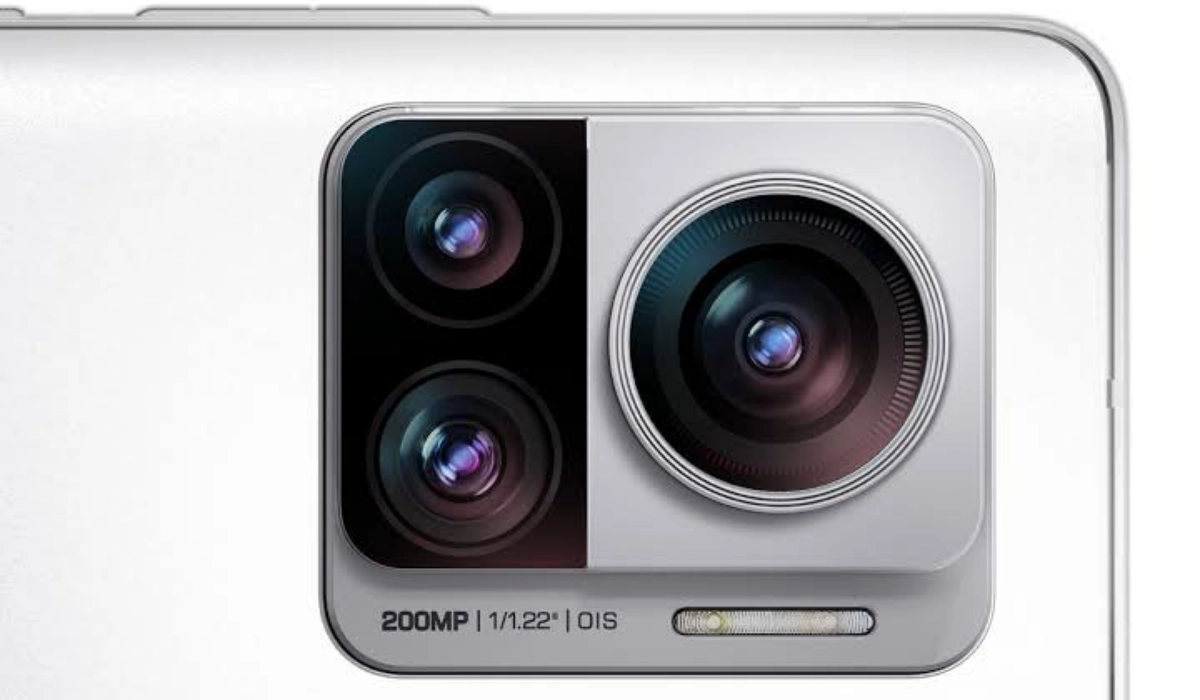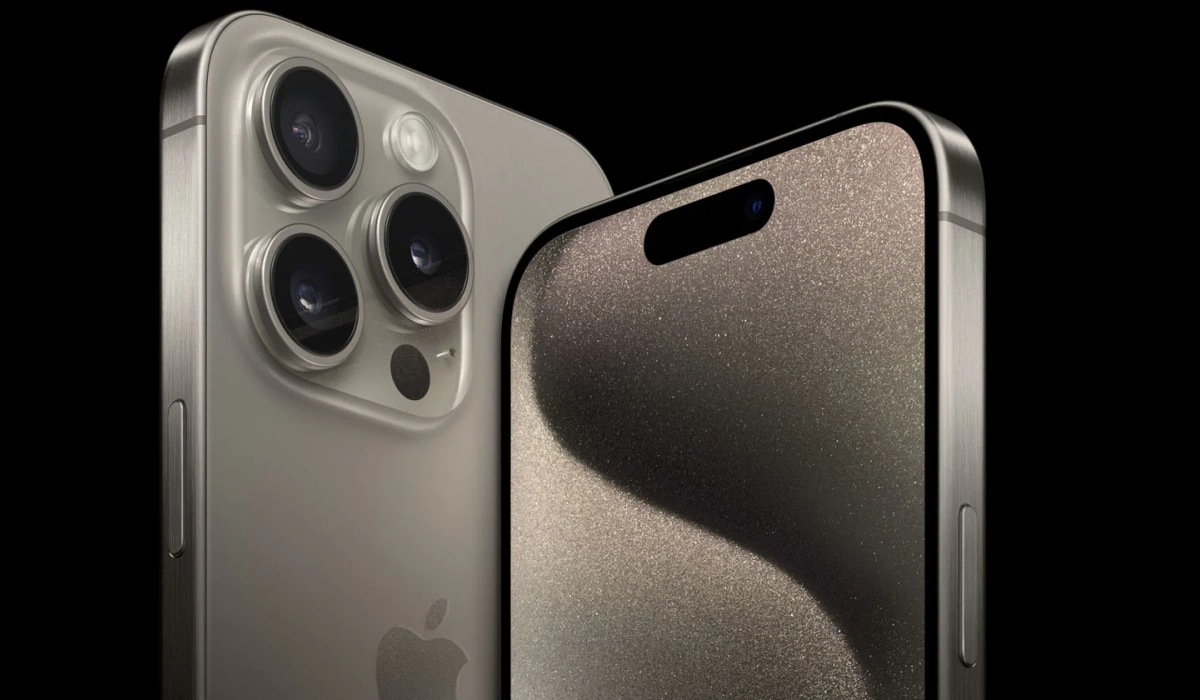A contact on X (formerly Twitter) asked me if it was true that some phones with lower megapixel cameras might shoot better pictures than those with higher megapixels[1]. I answered in the affirmative: it is true. Why? The megapixel count is not the only factor that determines image quality (how good a smartphone’s camera is).
Besides the megapixel count, other factors like image processor, sensor quality and size, shutter speed, and image stabilization, all contribute to determining the image quality of photos that a camera takes. I explain them in plain and simple language below.

Table of Contents
You Can Watch This Content As A Video Instead
Factors That Determine A Smartphone Camera’s Image Quality
While megapixel count plays a role in determining image quality, there are several other important factors to consider:
- Aperture: The size of the aperture determines how much light the camera lens can gather. A wider aperture (lower f-number) allows more light, resulting in better low-light performance and potentially shallower depth of field.
- Sensor Size: Larger camera sensors generally capture more light, resulting in better image quality, especially in low-light situations.
- Megapixel count: This is the one you and most smartphone owners are familiar with. This is because it is usually used in product marketing by phone makers.
- Pixel Size: Larger pixels on the camera sensor can capture more light, improving image quality, especially in low-light conditions. Pixel size is typically measured in micrometers (um).
- Lens Quality: The quality of the lens itself, including the glass and coatings, affects image sharpness, clarity, and overall image quality.
- Image Processing: The software algorithms and image processing capabilities of a smartphone can significantly impact image quality. This includes noise reduction, dynamic range enhancement, color processing, and other enhancements.
- Image Stabilization: Optical or electronic image stabilization helps reduce camera shake, resulting in sharper images and smoother videos, especially in low-light conditions or when shooting handheld.

Examples
I have two smartphones on my desk as I type this. One has a 50-megapixel camera, while the other has a 108-megapixel camera. If megapixel count alone determines camera image quality, the second smartphone would take better photos. But that is not the case.
The 50MP camera phone actually takes much better photos than the 108MP camera phone. That’s the situation with these two. On the flip side, I also own another 108MP camera phone that outshoots 80% of the smartphones available in the market today. What makes the differences in these two examples? All those other factors that I listed and explained above.
Apple’s iPhone releases do not have the highest megapixel counts in the smartphone world, but they have ranked in the top 5 spots of the best cameraphones of each year. Why? Because megapixel count alone does not determine image quality. As such, the iPhone 15 Pro Max’s 48MP camera produces much better photos than the 50MP, 64MP, 108MP and 200MP cameras of many other smartphones.
Samsung Galaxy S23 Ultra has a200MP camera that outshoots 95% of smartphones in the industry. Do you see how it plays out? Megapixels alone do not determine image quality of any camera, whether on a phone or elsewhere.

One Rough Rule To Follow
Good cameras do not come cheap. Putting in top quality lenses, and features that will produce fantastic pictures costs money. Which is why the overall best camera phones exist only within a certain price segment – budget flagships to premium flagships. It doesn’t matter what megapixel counts you see on a regular smartphone that costs $900; that camera is likely to be top notch. There are exceptions to this rough rule.
One exception are phones that have been pimped up with jewels and precious metals as luxury devices. They likely are expensive because of he pimping, and not necessarily because the brand spent money in developing a top notch camera. Another exception are often rugged sir industrial smartphones. They are often expensive because of the extra protection that the manufacturer built into them, and their cameras are often average.
But the rule is that great cameras do not come cheap and megapixel count alone does not determine the image quality of smartphone cameras.
References
This information do really help, most people don’t know much about everything you explained here and I believe when see this article or the video, they will have more knowledge about it. One thing I know is that to enjoy phone camera, you need to go for quality phone and spend big, because they don’t come cheap. It could be mid-range phone or flagship phone, but you won’t regret when you did. Thanks for your time, Mr Mo.